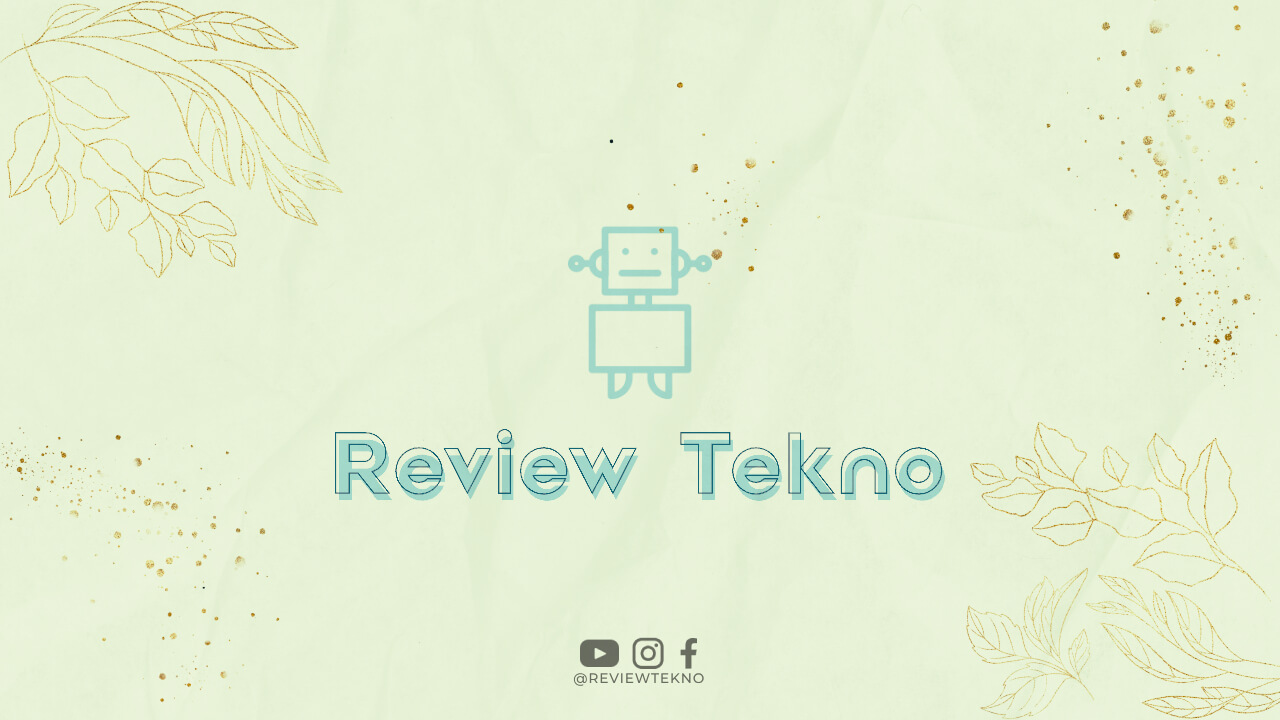Bank of America, one of the largest banks in the world, has recently announced its foray into digital assets. This move is seen as a game-changer in the banking industry as it opens up a whole new world of opportunities for customers and businesses alike.
What are Digital Assets?
Digital assets are simply assets that exist in digital form. They can be anything from digital currencies like Bitcoin to digital records of ownership, such as property deeds or stock certificates. Digital assets are stored on a blockchain, a decentralized and secure ledger that guarantees the authenticity and security of transactions.
Why is Bank of America interested in Digital Assets?
Bank of America has recognized the potential of digital assets to revolutionize the way banking works. By embracing digital assets, Bank of America can offer its customers faster, cheaper, and more secure transactions.
Digital assets also provide a great opportunity for Bank of America to expand its customer base. Many people who were previously excluded from the traditional banking system due to their location or lack of documentation can now access financial services through digital assets.
What Digital Assets is Bank of America offering?
Bank of America is currently focused on digital currencies. It has already filed multiple patents related to blockchain and digital currencies, and it is rumored to be working on a digital currency wallet.
Bank of America’s interest in digital currencies is not surprising, given the growing popularity of cryptocurrencies like Bitcoin. By offering its own digital currency, Bank of America can keep up with the changing times and offer its customers a wider range of financial products and services.
What are the Benefits of Digital Assets?
Digital assets offer many benefits over traditional assets. They are faster, cheaper, and more secure. Transactions can be completed in a matter of seconds, regardless of the location of the parties involved. This makes digital assets an ideal solution for cross-border transactions.
Digital assets are also cheaper than traditional assets. There are no middlemen involved in digital asset transactions, which means that there are no fees for processing transactions. This can save customers a lot of money in transaction fees.
Finally, digital assets are more secure than traditional assets. Transactions are verified and recorded on a blockchain, which makes them tamper-proof. This eliminates the risk of fraud and makes digital assets a safer option for storing and transferring wealth.
What are the Risks of Digital Assets?
While digital assets offer many benefits, they also come with some risks. The biggest risk is the volatility of digital currencies. Digital currencies like Bitcoin are known for their price fluctuations, which can make them a risky investment.
Another risk is the lack of regulation. Digital assets are not yet regulated in many countries, which can make them a target for fraud and scams. This is why it is important to choose a reputable provider when investing in digital assets.
Conclusion
Bank of America’s move into digital assets is a sign of the changing times. Digital assets offer many benefits over traditional assets, and they are quickly becoming a popular choice for investors and businesses alike.
While there are risks associated with digital assets, the potential rewards make them a compelling investment opportunity. As more companies like Bank of America embrace digital assets, we can expect to see even more innovation and growth in this exciting new field.

